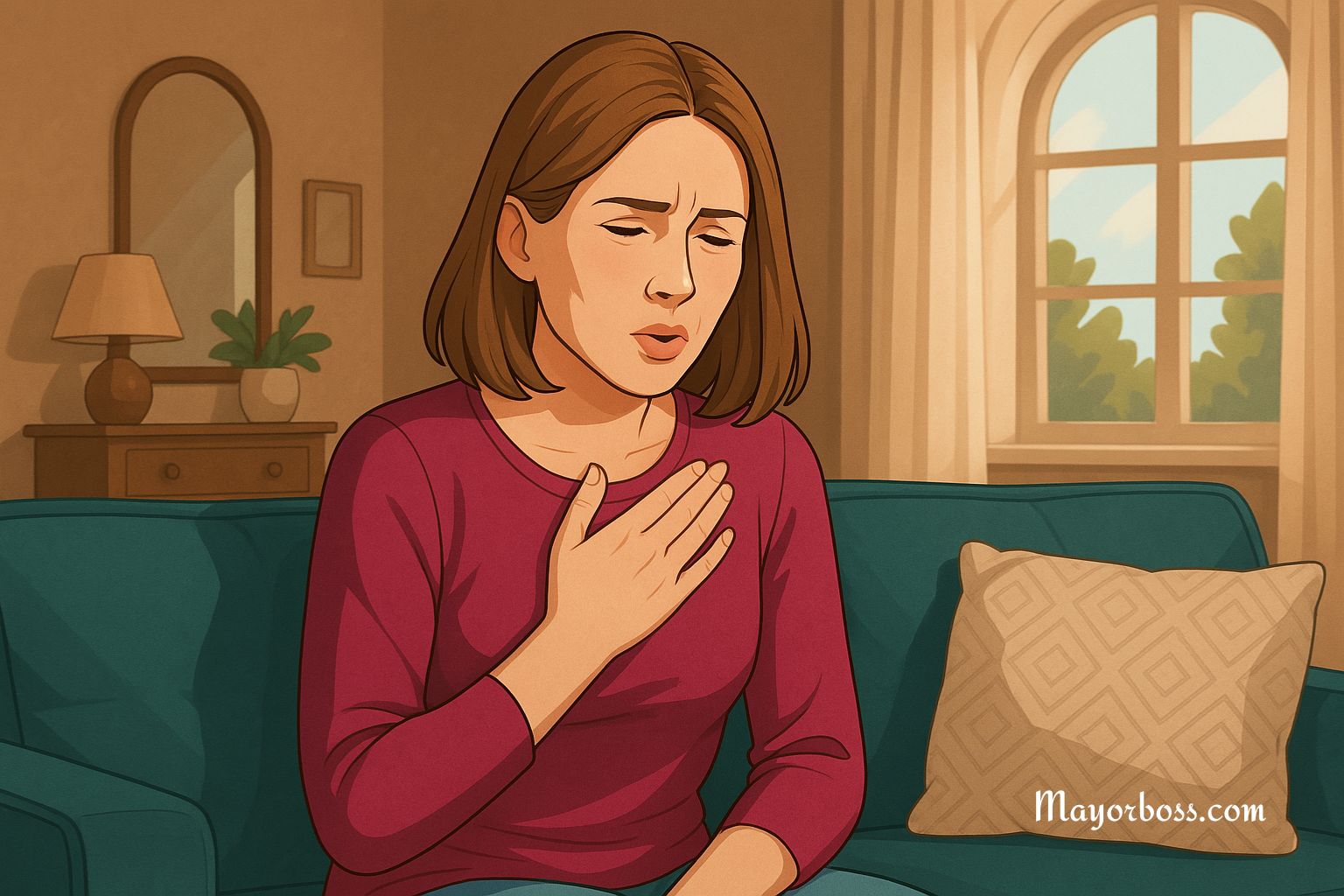Top Warning Signs of Iron Deficiency in Women
Iron deficiency is one of the most common nutritional problems among women. It often develops slowly and silently. Many women don’t realize they’re low in iron until symptoms start affecting their daily lives. In fact, 20% of women experience iron deficiency during their reproductive lives. (1) The good news is that recognizing the signs early can help you take steps to correct it before it becomes serious.

What Is Iron?
Iron is a mineral your body needs to make hemoglobin. Hemoglobin is the part of red blood cells that carries oxygen from your lungs to the rest of your body. Without enough iron, your body can’t make enough healthy red blood cells. This leads to a condition called iron deficiency anemia. (2)
Women are at higher likelihood of iron deficiency due to menstruation, pregnancy, and certain dietary habits. If left untreated, iron deficiency can lead to long-term health problems. (3)
Common Causes of Iron Deficiency in Women
Understanding the causes can help you prevent or manage iron loss. Common reasons include:
- Heavy menstrual periods
- Pregnancy or breastfeeding
- Low-iron diet (especially vegetarian or vegan diets without proper planning)
- Digestive conditions like celiac disease or ulcers
- Blood loss from surgery or injury
- Frequent blood donation
Signs of Iron Deficiency in Women
Now, let’s look at the most important signs your body might be low in iron.
1. Constant Fatigue or Weakness
Feeling tired all the time is one of the earliest and most common symptoms. This kind of tiredness doesn’t go away with rest. Even light physical activity can leave you feeling drained. You may also feel unusually weak or have trouble concentrating.
2. Pale Skin or Pale Inside Your Eyelids
Iron deficiency can make your skin look pale or washed out. This happens because your body produces fewer red blood cells. Check the inside of your lower eyelids—they should be a healthy pink. If they look pale, it might be a sign of low iron. (4)
3. Shortness of Breath
You may notice that walking up the stairs or doing your usual exercise feels harder. Without enough iron, your body struggles to carry oxygen to your muscles. This makes you feel out of breath even with mild activity.
4. Rapid or Irregular Heartbeat
Your heart works harder to move oxygen when iron is low. You might feel like your heart is beating too fast or skipping beats. In some cases, iron deficiency can even lead to heart murmurs or chest pain.
5. Headaches and Dizziness
Lack of oxygen to the brain can cause headaches or a lightheaded feeling. Some women experience frequent migraines or dull, aching pressure in the head.
6. Cold Hands and Feet
If your hands and feet are always cold, low iron could be the reason. Iron deficiency can reduce blood flow to your extremities, making them feel cold or numb.
7. Brittle Nails or Hair Loss
Your body focuses on supporting vital organs when iron is low. Hair and nails suffer as a result. You might notice your nails becoming thin, brittle, or spoon-shaped. Hair may fall out more than usual, especially when brushing or washing.
8. Restless Legs
Some women experience a very strong urge to move their legs, primarily at night. This is called restless leg syndrome. It’s often linked to iron deficiency and can interfere with sleep.
9. Craving Non-Food Items (Pica)
A strange but well-known symptom is craving substances like ice, dirt, or chalk. This condition, called pica, is often linked to very low iron levels. If you feel the urge to chew on ice or other non-food items, it’s time to speak with a doctor.
10. Frequent Infections
Iron supports a healthy immune system. Without it, your body has a harder time fighting off viruses and bacteria. If you find yourself catching colds or infections more often, low iron could be a factor.
When to See a Doctor
If you recognize several of these symptoms, don’t ignore them. Ask your doctor for a blood test to check your iron levels. A complete blood count (CBC) and ferritin test can confirm whether you’re deficient.
How to Treat Iron Deficiency
Treatment depends on how low your iron levels are and what’s causing the problem. Common options include:
- Iron supplements (as directed by a doctor)
- Iron-rich foods, such as red meat, lentils, spinach, and fortified cereals
- Vitamin C, which helps your body absorb more iron
- Treating the underlying cause, such as heavy periods or digestive issues
Never start iron supplements without medical advice. Too much iron can be harmful.
Final Thoughts
Iron deficiency is easy to overlook, but it can have a serious impact on your health. If you notice persistent fatigue or other symptoms, talk to your doctor.
